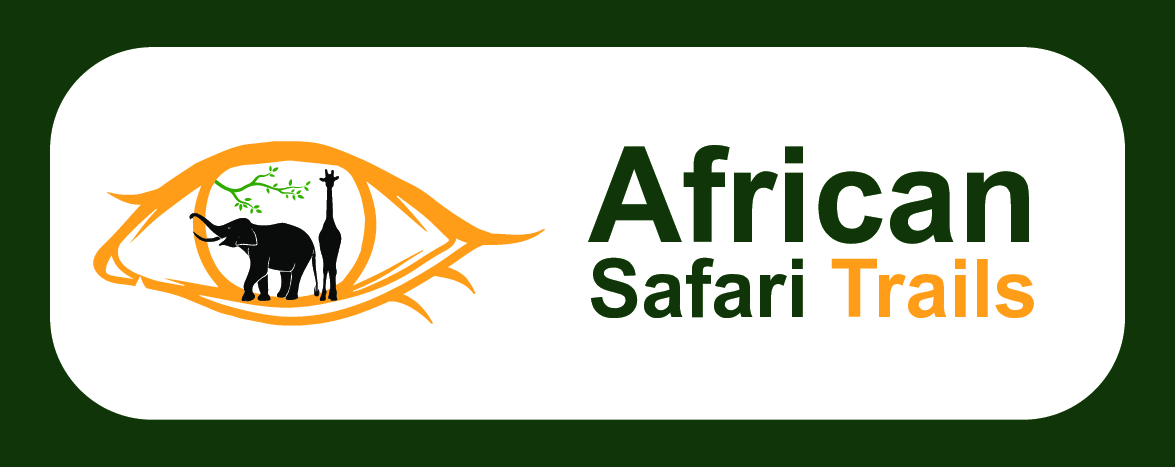Tsavo East National Park: The Theatre of the Wild
Tsavo East, with its vast expanse of 13,747 square kilometers, offers a classic, untamed African safari experience characterized by its flat, dry plains and seemingly endless semi-arid savanna. It’s often referred to as the “Theatre of the Wild” for its dramatic landscapes and abundant wildlife.
Key Features and Highlights:
- Vast Open Spaces: Tsavo East embodies the image of a classic African wilderness with its immense, open plains dotted with iconic baobab trees. This makes for excellent long-distance game viewing.
- “Red” Elephants: Perhaps the most iconic sight of Tsavo East is its large herds of elephants covered in the distinctive red dust of the region. They acquire this hue from wallowing in the park’s iron-rich soil.
- Maneless Lions: Tsavo is famous for its maneless lions. While the exact reasons for this are debated (possibly heat adaptation or genetics), seeing these majestic creatures without their characteristic manes is a unique experience.
- Yatta Plateau: Stretching for about 290 kilometers along the park’s western boundary, the Yatta Plateau is the world’s longest lava flow. Its flat-topped expanse offers a unique geological backdrop.
- Galana River: This permanent river flows through the park, supporting a vital ecosystem and attracting a wealth of wildlife, including hippos and crocodiles. The Lugard Falls, a series of rapids on the Galana, is a scenic spot.
- Aruba Dam: Built across the Voi River, the Aruba Dam acts as a crucial water source, especially during the dry season, attracting a high concentration of animals and water birds.
- Mudanda Rock: This impressive 1.6-kilometer-long inselberg acts as a natural water catchment, drawing large numbers of elephants and other wildlife during the dry season. It also offers excellent vantage points.
- Birdlife: With over 500 recorded bird species, Tsavo East is a haven for birdwatchers, including ostriches, kestrels, buzzards, starlings, and various migratory species.
- Accessibility: Tsavo East is relatively easily accessible by road from both Nairobi and Mombasa. It also has several airstrips for fly-in safaris.
Things to Note:
- Wildlife densities can sometimes be lower compared to more compact parks like the Masai Mara, but the vastness and sense of wilderness are unparalleled.
- Temperatures can get very hot, especially during the dry season.
- Self-drive safaris are possible in certain areas, but guided game drives are highly recommended for the best wildlife viewing experience.
